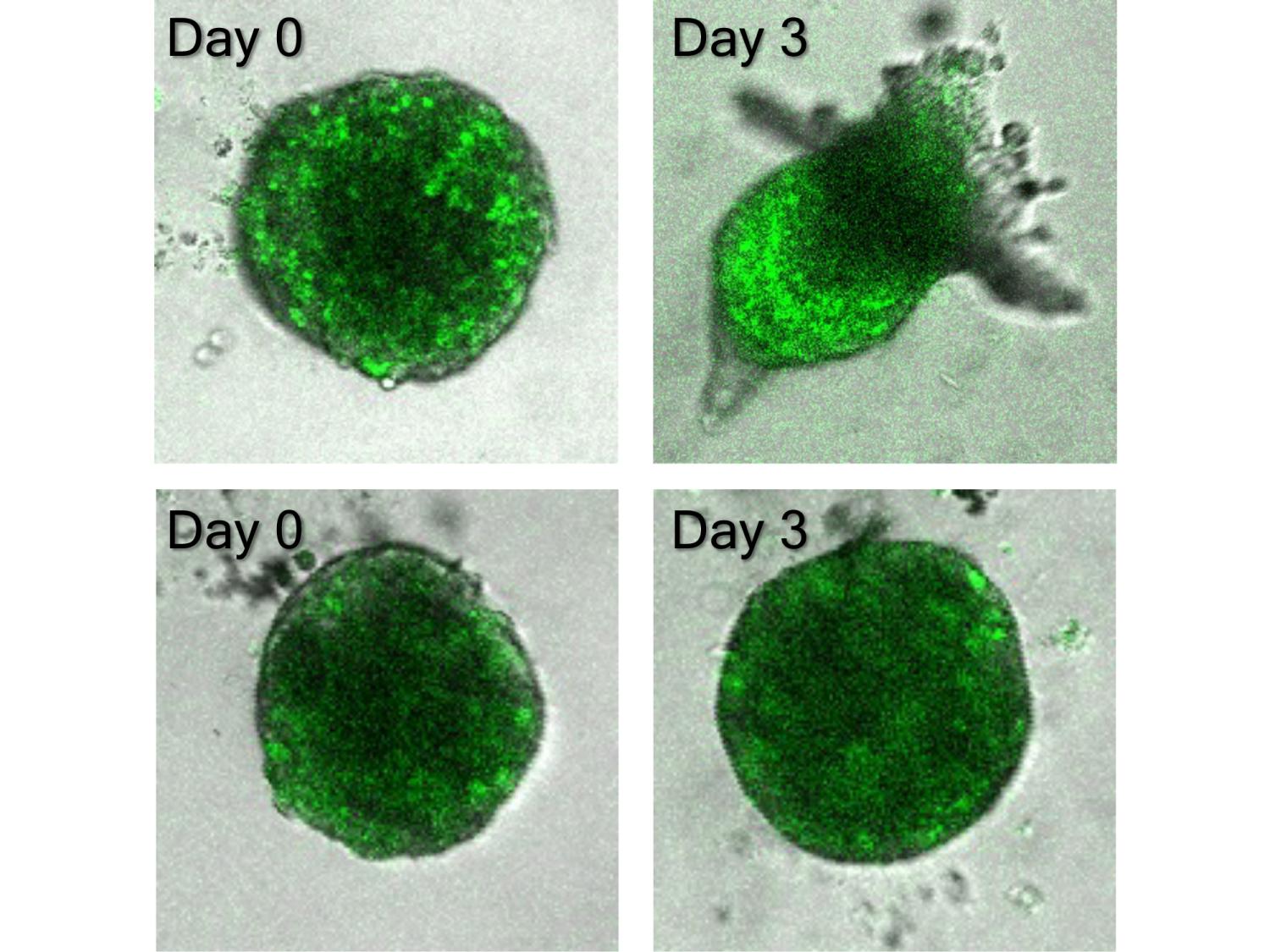2023-06-26 ハーバード大学
◆彼らは人工的な細胞外マトリックスを使用し、組織の粘弾性と硬さを調節することでT細胞の状態に異なる影響を示すことを明らかにしました。これにより、T細胞療法のための機能的に異なるT細胞集団を作成する戦略が可能になるかもしれません。
<関連情報>
- https://seas.harvard.edu/news/2023/06/tuning-t-cell-traits-and-functions-biomechanical-materials
- https://www.nature.com/articles/s41551-023-01052-y
細胞外マトリックスの粘弾性を変化させることで、機能的に異なるT細胞集団を生成する Generation of functionally distinct T-cell populations by altering the viscoelasticity of their extracellular matrix
Kwasi Adu-Berchie,Yutong Liu,David K. Y. Zhang,Benjamin R. Freedman,Joshua M. Brockman,Kyle H. Vining,Bryan A. Nerger,Andrea Garmilla & David J. Mooney
Nature Biomedical Engineering Published:26 June 2023
DOI:https://doi.org/10.1038/s41551-023-01052-y

Abstract
The efficacy of adoptive T-cell therapies largely depends on the generation of T-cell populations that provide rapid effector function and long-term protective immunity. Yet it is becoming clearer that the phenotypes and functions of T cells are inherently linked to their localization in tissues. Here we show that functionally distinct T-cell populations can be generated from T cells that received the same stimulation by altering the viscoelasticity of their surrounding extracellular matrix (ECM). By using a model ECM based on a norbornene-modified collagen type I whose viscoelasticity can be adjusted independently from its bulk stiffness by varying the degree of covalent crosslinking via a bioorthogonal click reaction with tetrazine moieties, we show that ECM viscoelasticity regulates T-cell phenotype and function via the activator-protein-1 signalling pathway, a critical regulator of T-cell activation and fate. Our observations are consistent with the tissue-dependent gene-expression profiles of T cells isolated from mechanically distinct tissues from patients with cancer or fibrosis, and suggest that matrix viscoelasticity could be leveraged when generating T-cell products for therapeutic applications.


